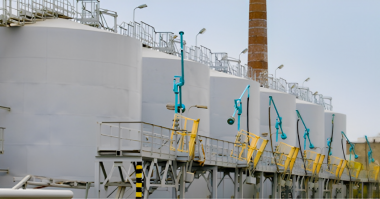Competing in the world of food and beverage manufacturing has evolved as new regulations, like the Food Safety and Modernization Act, entered the arena. Stricter guidelines for preventing contamination means sanitary design factors into every part of your process and on every surface of your operation.
To continue your business success, you need more efficient maintenance processes to comply with regulations while maximizing production. A lot of those efficiencies comes through the use of the right submersible pump. How?
Increased frequency of clean-in-place and washdown schedules increases the demand on your system. Pumps must handle the flow that food and beverage processing plants produce multiple times per day, including:
- High volume rinse water and runoff
- Oil, grease and animal fats
- Pits, skins, rinds
- High-temperature wastewater and solid waste
- Corrosive and abrasive fluids
- Caustic and acidic chemicals used for cleaning
- Unexpected plastic, metal, wood or rubber materials
The wrong pump can’t handle these materials, and profits drain away as workers wait for you to remove clogs, repair failed motors or replace the pump. Using a submersible pump that is field-tested and proven to handle the residue that finds its way down the drain puts the power below the floor.
For more than 35 years, BJM Pumps has been serving the food and beverage industry. We understand the challenges you face so we design pumps specifically for your applications. We’ve designed pumps that can handle tough solids, are corrosion proof, and can take on temperatures up to 200°F.
We’ve taken our expertise and created the Food and Beverage Industry Buyer’s Guide for Submersible Pumps. It explains how our pumps keep your wastewater moving so you’ll be back in production faster. You’ll learn from real examples how the BJM Pumps by Industrial Flow Solutions helped companies with the same types of issues you deal with every day.
Download the free guide now to find the pump you need, guaranteed.





Comments